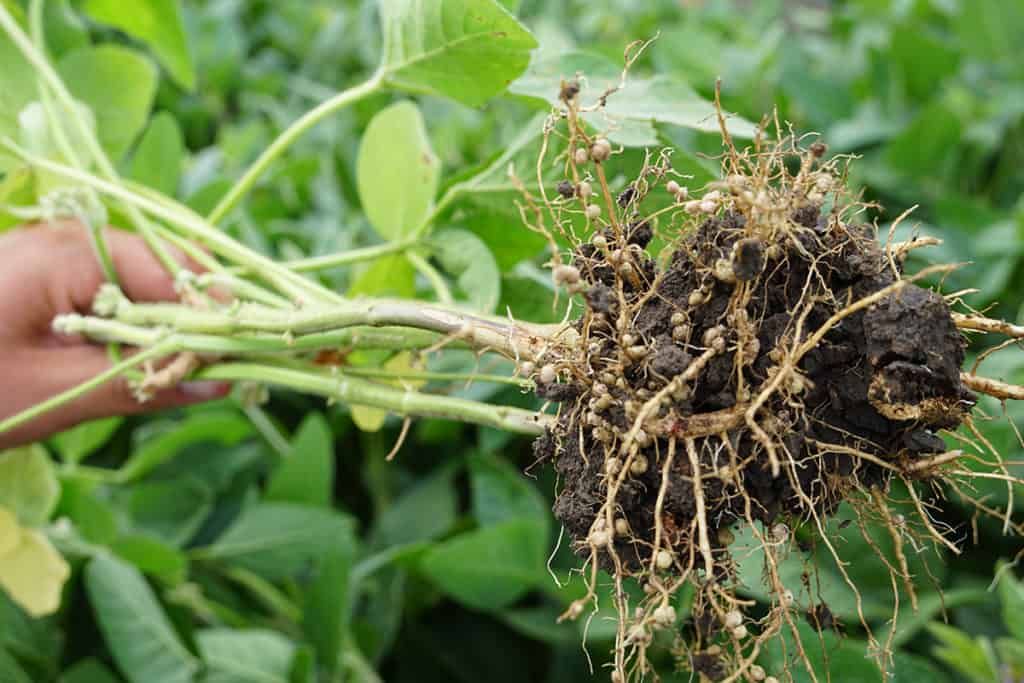
“
Roots are one of the most essential yet often overlooked parts of a plant. They are vital for nutrient absorption, anchoring plants in the soil, and storing water and nutrients. Beyond these basic functions, roots exhibit a variety of fascinating adaptations and behaviors that contribute to their success in diverse environments. In this blog, we'll explore 20 amazing facts about roots that highlight their complexity and importance in the plant kingdom.1
1
”
Roots play an essential role in nutrient absorption, anchoring plants in the soil, and storing water and nutrients. These functions are crucial for plant survival and growth, ensuring they receive the necessary resources to thrive. 1
The longest root ever recorded belongs to a single winter rye plant (Secale cereale). It astonishingly produced 622.8 kilometers (386.9 miles) of roots within a mere 0.051 cubic meters (1.801 cubic feet) of soil! 2
Roots often form symbiotic relationships with fungi and bacteria, enhancing nutrient absorption. The mycorrhizal network, for example, connects roots with fungi, increasing the surface area for nutrient exchange. 3

Did you know? radish is indeed a root vegetable! Its edible part is the swollen taproot, which is crisp, juicy, and typically eaten raw in salads or pickled. The radish root comes in various shapes, sizes, and colors.
Adventitious roots can grow from any part of the plant, providing additional support and aiding in propagation. These roots are crucial for plants like ivy and strawberry, which rely on them to spread and establish new growth. 4
Roots exhibit hydrotropism, growing towards moisture to maximize water uptake. This growth pattern ensures plants can access water efficiently, even in dry conditions. Hydrotropism is vital for plant survival in arid environments. 5
Hydrophytes, which thrive in water-rich environments, exhibit a poorly developed root system due to their easy access to abundant water. Notably, they lack well-developed root hairs and root caps. 6
Mangroves have specialized roots called pneumatophores that stick out of the water to absorb oxygen, allowing them to survive in waterlogged, oxygen-poor environments.7
Roots produce hormones like auxins, which regulate plant growth and development. These hormones influence processes such as cell elongation and root branching. The production of hormones by roots is crucial for coordinating plant growth. 8

Root nodules in leguminous plants house nitrogen-fixing bacteria, essential for converting atmospheric nitrogen into a usable form. This process enriches the soil, benefiting not only the host plant but also neighbouring plants.
Roots play a role in carbon sequestration, storing carbon in the soil and helping mitigate climate change. This process is vital for reducing atmospheric carbon dioxide levels.9
Roots can absorb pollutants, aiding in phytoremediation and environmental cleanup. Plants like sunflowers and poplars are used to improve soil health and environmental quality. 10
The root system of sugarcane consists of two types of roots: “selt roots” and “shoot roots.” When sugarcane selt is planted in soil and covered with moist soil, the root primordia (translucent dots) are activated and develop into roots. 11
Root exudates, chemicals released by roots, affect soil properties and microorganism behavior, attracting beneficial microbes or deterring harmful ones. This influences soil health and plant-microbe interactions. 12

The banyan tree’s prop roots are aerial structures that hang down from its branches. These roots serve as additional support for the tree, anchoring it firmly in the soil.
Roots exhibit thigmotropism, growing around obstacles or towards supports. This growth response helps roots navigate through complex soil environments. Thigmotropism ensures that roots can find the best path for growth and stability. 13
Some roots are adapted to store water, like those of desert plants such as cacti. These adaptations allow plants to survive prolonged periods of drought. Water storage in roots is crucial for the survival of plants in arid regions. 14
The banana plant develops an adventitious root system that spreads widely, remains unbranched, and forms a dense mat. These roots serve several essential functions like absorption, anchorage and hormone production. 15
Fine roots have a short lifespan and are continuously replaced, contributing to soil organic matter and nutrient cycling, while larger roots can live for many years. This highlights the varied functions of different root types. 16
Root grafting allows roots to fuse together, enabling the exchange of nutrients and signals between plants. This process can help plants support each other during stress conditions.17


